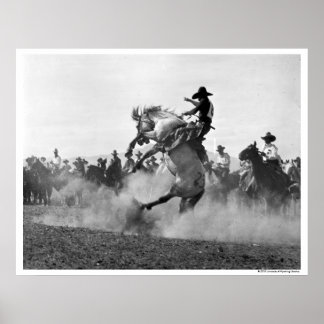During a vacation in South Dakota I realized it was often 60 miles from a ranch to any hope of a place I would even title a 'mini' city.
That has to make for a pretty shallow dating pool. Yes there is church, social events, and community members. But that has an 'arranged marriage' feel to it. I am looking for danger, mystery, and the great unknown for my contemporary romance. I'm thinking it's something I won't find in a small ranch town. Because let's face it, small towns are big on letting 'bad-boys' hang around and marry the 'women folk'.
I'd didn't want the expected. . .a former black sheep returns home. . .she runs off with the town's bad boy.
Where you are sitting with a cup of coffee, staring into the great unknown, you realize that there is always a television commercial ad for some service. Is particular evening, sandwiched between an Atkins and Marie Osmond NutriSystem commercial, was a Match.com, E-Harmony commercial.
There are numerous other online sites. Some sites are specialized, some are not- over 50, Christian, with kids, etc. Is there a site for cowboys and cowgirls, I wondered?
After a few minutes of Internet surfing I discovered there is indeed a site for cowboys and cowgirls. A surprising number of dating sites, in fact.
Here are the website blurbs (mind you this is not an endorsement on my part--only for research purposes.):
Thousands of singles join Western Match every day looking for dates, friendships, long lasting relationships, or marriage. If you are looking to date a cowboy or cowgirl, meet country singles, farmers, or ranchers, this is the dating site for you. Sign up today and see why Western Match is the best cowboy dating site on the net and the real deal since 2002.
This site brags that it's mobile friendly.
Welcome to Cowboy Cowgirl Come build relationships with people who share your appreciation for the country way of life, so create a profile and start exploring. Online dating has never been easier! Connecting cowboys and cowgirls since 1999.
The one I found the catchiest was: What are you Waiting for? Date a Cowboy.
Yep, that one hooked me--ah, I mean my heroine.
Believe it or not there is even a dating site for Rodeo Cowboys! Where Rodeo Meets Romance.
Unfortunately, there isn't a site to match cowboys with city girls. . . but I won't letting a little thing like that stop me!
Ideas? Don't be afraid to share them with me :-),
See you on Saturday,
Connie























